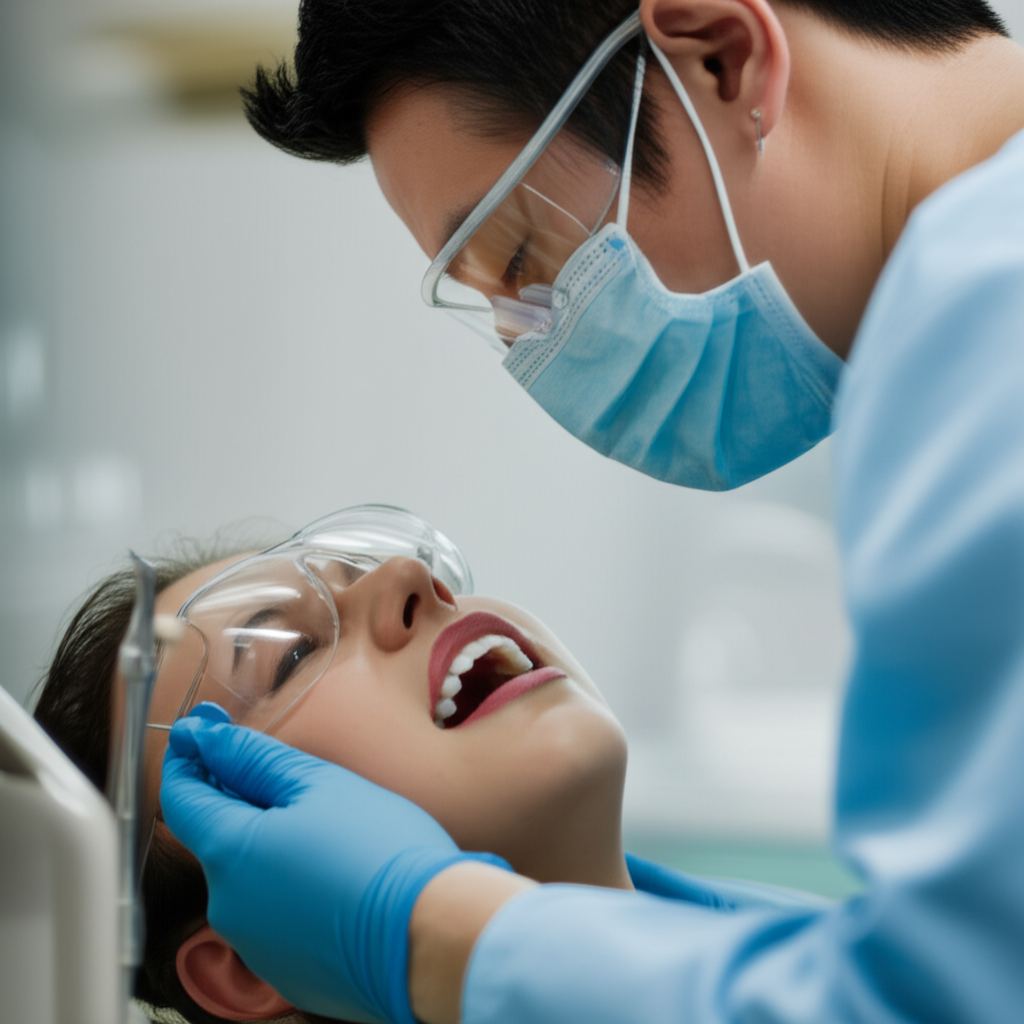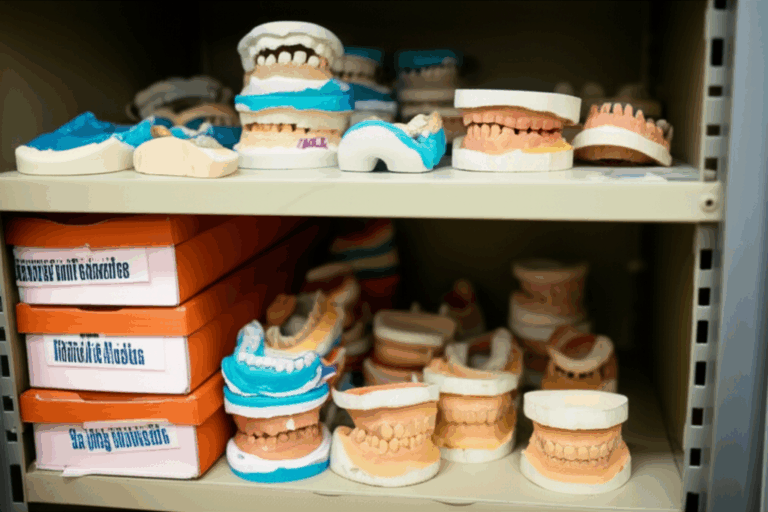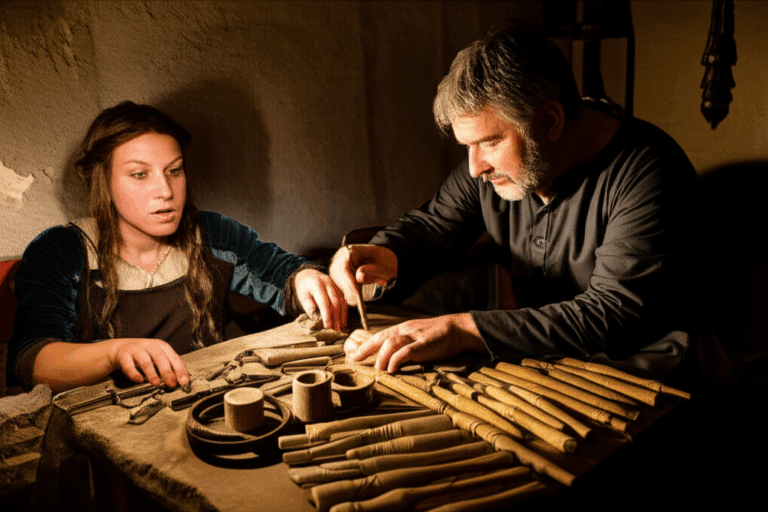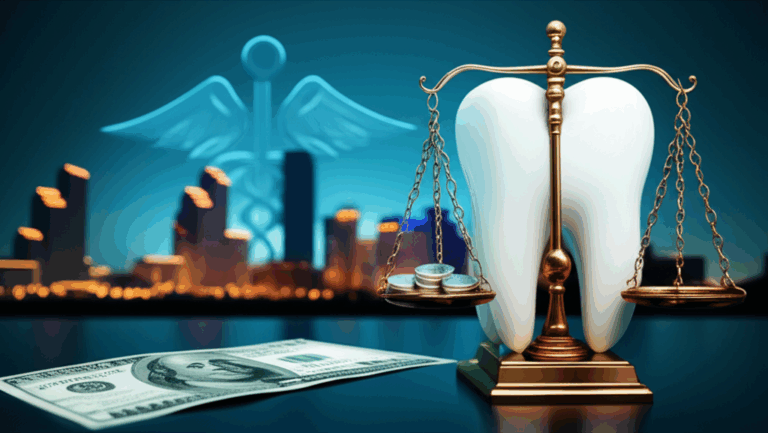
How to Become a Dentist in the Philippines: Your Complete Step-by-Step Guide
That Big Dream of Wearing a White Coat: Can You Really Become a Dentist in the Philippines?
Have you ever found yourself looking at your own teeth in the mirror, thinking what it would be like to be the person behind the mask and gloves? Maybe you’re curious about what it takes to become a dentist here in the Philippines. If you keep asking yourself, “Is this something I can do?” or “How do I even start?” you’re definitely not alone. Many students and even people who want to change careers aren’t sure how to go from graduating high school to working as a real dentist. If that’s you, you’re in the right place. This guide is written just for you—no confusing words, no sales talk—just easy and real steps on how to make your dream of becoming a dentist in the Philippines come true.
In This Article
- Why Choose Dentistry in the Philippines?
- Step 1: Meeting the Essential Prerequisites
- Step 2: Navigating the Doctor of Dental Medicine (DMD) Program
- Step 3: Passing the Philippine Dentistry Licensure Examination (DLE)
- Step 4: Building Your Dental Career
- Paying for Dental School: Tuition, Tools, and Financial Aid
- Frequently Asked Questions About Becoming a Dentist
- Key Takeaways and Your Next Steps
Why Choose Dentistry in the Philippines?
Dentistry isn’t just about drilling teeth and putting in fillings. Here, dentists are respected health workers who are a big part of helping people stay healthy and feel good about themselves. But why do a lot of Filipinos pick dentistry each year? And are there really jobs waiting for new dentists in the Philippines?
Let’s be honest: People need dental care, but the country still has a dentist-to-population ratio of about 1:3,500 to 1:4,000. There aren’t enough dentists, especially outside of the big cities. That means jobs are there, and the work really matters!
Is the education good? Yes, it is. The Philippines has good dental colleges that are recognized by local and even some international groups. The Philippine Dental Association (PDA), the Professional Regulation Commission (PRC), and the Commission on Higher Education (CHED) work together to keep standards high. Whether you want to help out in the provinces or work in busy clinics in Metro Manila, a dental degree gives you lots of options.
In short: If you’re looking for a job that matters, job security, and the chance to really help people, dentistry might be perfect for you.
Step 1: Meeting the Essential Prerequisites
What Do You Need in High School?
Think of this as the first step to your dream job. Dental schools in the Philippines want students who know the basics of science and math. If you paid attention in your Biology or Chemistry classes—or even just tried hard—you’re off to a good start.
Important high school subjects:
- Science (Biology, Chemistry, Physics)
- Math (Algebra, Geometry, sometimes Calculus)
Some colleges want K-12 STEM strand graduates, but what’s really important is your grades and if you’re ready for tough college classes.
The Pre-Dentistry Degree: Is It Needed?
Here’s where it can get tricky. Before you start the Doctor of Dental Medicine (DMD) program, you have to finish two years (sometimes four, depending on your school) of what’s called “pre-dentistry”—usually a bachelor’s degree in a health or science course.
Common pre-dental courses:
- BS Biology
- BS Psychology
- BS Medical Technology
- BS Chemistry
Why not start dental school right away? Because these courses give you a strong base in things like anatomy and how the body works. It’s like learning the rules before you drive a car.
The NMAT: Your Entry Test for Dental School
Just when you think you’re ready, there’s one more thing—the National Medical Admission Test (NMAT). While it’s often known for med school, many dental colleges expect an NMAT score, especially the popular ones. It’s a way to see if you’re ready for the hard science work.
Quick tips:
- Most schools want a percentile rank of 40–50 or higher. UP Manila and other top schools may want even higher scores.
- Take NMAT seriously: study basic science, take practice tests, and give yourself enough review time.
Paperwork & Interviews: The Last Steps
After all that science, don’t let papers stop you! You have to:
- Fill out forms
- Write essays (show your real reason and strength)
- Pass admission tests (sometimes different from NMAT)
- Do interviews with a panel (be honest—they want to know if you’re ready and interested)
Tip: Interviewers love true stories about why you want to be a dentist. Don’t just give common answers.
Step 2: Navigating the Doctor of Dental Medicine (DMD) Program
How Long Will It Take?
For most students, dental school in the Philippines takes time. Usually, it’s two years of pre-dentistry plus four years of DMD proper.
- If you already have a related four-year course: You might get to go into the DMD program right away (ask your school).
So the whole trip takes about six years.
There’s no fast-forward, but every year helps, starting from basics and going up to hands-on skills.
What Will You Study?
Let’s see what you’ll learn:
- Basic Medical Sciences: Anatomy, how the body works, chemistry—you’ll learn how the body and especially the mouth works.
- Core Dental Sciences: How teeth, gums, and diseases happen. You’ll learn details of dental parts and mouth problems.
- Clinical Areas: Here’s where you get to do things: fixing teeth (fillings, crowns), taking care of gums, doing root canals, making dentures, braces, working with children, removing teeth.
You’ll have lectures, labs, and real-world practice.
You’ll start in the classroom, then work on practice models, then move to real patients (with a teacher watching).
Clinical Practice & Internships
Like doctors, dental students have to learn to take care of patients.
- Practice with real patients starts about your third year and gets harder until you finish.
- You’ll learn how to find out what’s wrong, plan treatments, use tools safely, and handle real emergencies.
- Expect about 1,000–2,000 hours of clinical work before you graduate.
Where to Study? Good Dental Schools
Some of the best dental colleges in the Philippines are:
- University of the Philippines Manila (UPM – College of Dentistry)
- Centro Escolar University (CEU – School of Dentistry)
- National University (NU – College of Dentistry)
- University of the East (UE – College of Dentistry)
- Davao Medical School Foundation (DMSF)
Every dental college is different, so check their official websites for new information.
Step 3: Passing the Philippine Dentistry Licensure Examination (DLE)
Why the Board Exam is Important
You’ve finished dental school, but one big step is left before you can be called “Dentist”: the Philippine Dentistry Licensure Examination (DLE). Given by the Professional Regulation Commission (PRC), this test lets you work legally.
Checklist:
- Finished the DMD program at a CHED-approved school
- Done all your internship hours
- Cleared all your school records
What’s in the Exam?
The DLE has written and practical parts.
- Written: Covers things like mouth anatomy, dental materials, medicine, ethics, and main dental topics such as dentures, gum care, and tooth removal.
- Practical: You’ll work on patients (with the examiners watching) and must show you’re safe, clean, and skilled.
Passing is tough! The passing rate is about 40–60%, depending on the test year.
How to Get Ready
It’s not easy, but so many students make it every year.
- Go to review centers that teach dentistry board exam stuff.
- Study with friends for help.
- Try practice exams so you know what the real test feels like.
Extra tip: Ask help and advice from licensed dentists—they know what it’s like and can give great guidance.
How to Get Your License
After you pass, submit all requirements (school papers, proof of internship, test results) to PRC. Once they approve it, you’re finally a dentist!
Step 4: Building Your Dental Career
You made it! You’re a real dentist. So now what?
Where Can You Work?
- Private clinics: The usual way. You can work as an assistant, or maybe open your own place later.
- Group practices: Work with a team in bigger clinics or hospitals for support and shared patients.
- Government/public health: The Department of Health (DOH) often needs dentists for public clinics. This could mean lower tuition or “scholarship payback” if you used a grant.
Dental Specializations: Going Even Further
After working a few years, you might want to study more and be an expert in one part:
- Orthodontics: Braces and fixing how teeth meet
- Endodontics: Root canal work
- Prosthodontics: Dentures, crowns, advanced repairs (a good skill if you want to work with a dental ceramics lab)
- Pediatric Dentistry: Working with kids
- Oral Surgery: Taking out teeth, small mouth surgeries
Each one needs more years of school and more exams—but can lead to higher pay and more interesting work.
How Much Can You Make? (Dentist Salary in the Philippines)
- Beginning dentist: If you work in a clinic or hospital, expect ₱20,000–₱40,000/month.
- If you open your own clinic: You can make more or less, depending on where you work, your reputation, and how busy your clinic is.
- Specialist or experienced: Especially in Metro Manila, known dentists can earn ₱50,000–₱150,000+ per month—sometimes even more.
Tip: If you learn new skills or use advanced tools, like digital dental lab technology, you can stand out and maybe charge more.
Paying for Dental School: Tuition, Tools, and Financial Aid
Tuition & Other Costs
- Public schools (like UP Manila): Tuition is about ₱30,000–₱60,000/year
- Private colleges (like CEU, NU, UE): Tuition is higher, around ₱80,000–₱200,000+/year
But wait—that’s not all.
- Lab tools and kits: Can cost ₱100,000–₱300,000+ for your whole course
- Books, review fees, and cost of daily living: Plan your budget!
Scholarships & Aid
Don’t let prices scare you. Watch out for:
- Government scholarships (CHED, DOH, your local town)
- School scholarships
- Scholarships if you need help or have high grades
- Scholarships from groups, charities, or some companies
Tip: Ask the college office about all scholarships, and apply early. Keep your grades up to keep most scholarships.
Frequently Asked Questions About Becoming a Dentist in the Philippines
1. How long before I get my dentist license?
Count at least six years: two years of pre-dental and four years of dental school. If you already have a related degree, it might be shorter.
2. Do all dental schools need a pre-dentistry course?
Most want you to finish two years of science studies before the DMD program. Check your college, especially if your course background is different.
3. What’s the passing rate for the Dental Licensure Exam (DLE)?
The rate is about 40% to 60%. Don’t be scared. Good preparation is important.
4. Can I practice right after the board exam?
As soon as you have your PRC license, yes! You can work in clinics, hospitals, or as a starting dentist to train more.
5. What are the best-paying dental specializations?
Orthodontics, prosthodontics, and oral surgery usually pay the most—especially in big towns or cities with higher incomes.
Who Is Dentistry For? Are You a Good Fit?
So, is this job for you?
A future dentist in the Philippines usually:
- Likes science and learning about how things work
- Has steady, careful hands (teeth work is small and detailed!)
- Likes helping people feel better and more confident
- Can work under pressure and study for long hours
- Wants a steady job with good purpose
Dentistry isn’t for everyone. You need steady hands, a focused mind, and real care for others. If you like routine work or dislike working close to others, maybe you’d like something else. But if you love making people smile or taking away pain, this could be a great career for you.
Your Healthy Takeaway: The Steps to a Rewarding Dental Career
Here’s your step-by-step checklist:
- 1. Finish high school, do your best in science and math
- 2. Finish pre-dental (science) classes or get a bachelor’s degree
- 3. Take and pass the NMAT and other entrance needs
- 4. Finish the DMD program (classes, labs, and hands-on work)
- 5. Pass the Philippine Dentistry Licensure Exam (DLE)
- 6. Get your PRC license and start working
- 7. Try general practice or study more for a specialist job
- 8. Never stop learning! Renew your license every three years with CPD
Empowering Your Next Step: Start Your Journey Now
You now know how to become a dentist in the Philippines. It’s not a fast path, but it’s for those who want to keep learning, help patients, and make a real difference, one smile at a time.
Ready to get started?
Here’s what you can do today:
- Check CHED-accredited dental school websites for the latest entry info
- Join forums or try to visit or help at a dental clinic to see real-life work
- Begin reading science basics and do NMAT sample tests
- Contact schools for info about scholarships and payment plans
- Believe in yourself—every dentist started right where you are
Remember, picking health as a career isn’t just a job; it’s about joining a caring team and finding your purpose. You can help shape your future and help others take care of their health in our country.
Additional Resources:
Want to know how modern dental labs—like a china dental lab or crown and bridge lab—help in dental practice? Learning about these labs can help you with new tools and options once you’re working or in training.
For more info on dental education or to read about other student journeys, you might like the dental practical guide for easy tips and advice.
Key message:
You’re not just getting a diploma. You’re learning to care for the smiles, health, and confidence of people in your community. One person at a time.
*Sources: Philippine Dental Association, CHED, PRC, school brochures, Department of Health, Jobstreet Philippines. Medically checked content—always ask your chosen school and the PRC for the latest rules and requirements.








